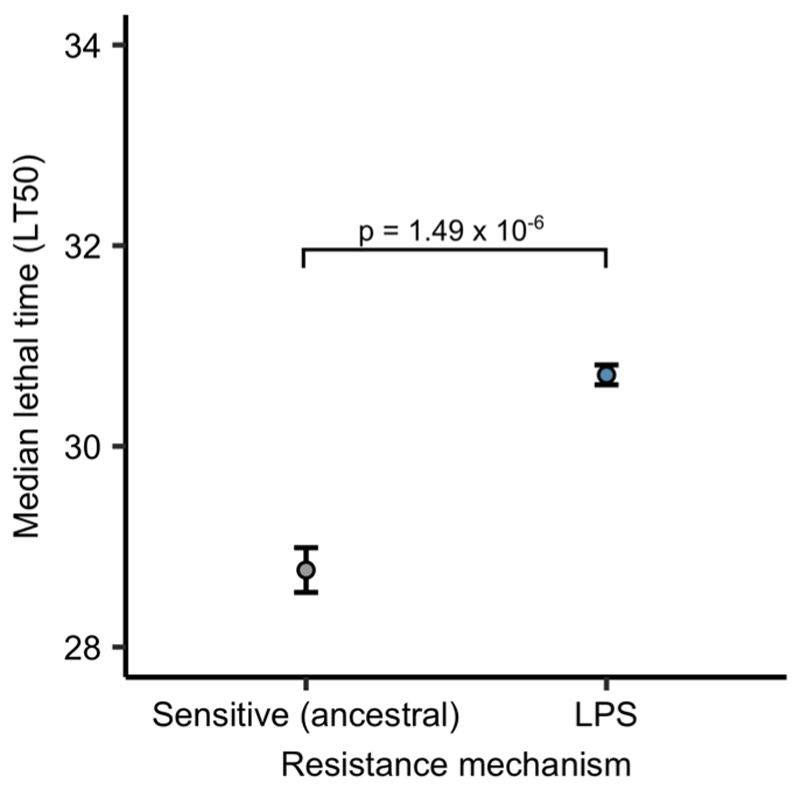Extended Data Figure 5. No correlation between phage epidemic size and evolution of CRISPR resistance.
The correlation between the proportion evolved phage resistant clones with CRISPR-based resistance and the phage epidemic sizes (in plaque-forming units per millilitre) in the presence of other bacterial species, using data taken from experiments shown in Fig. 1, Extended Data Fig. 2, Extended Data Fig. 3c and Extended Data Fig. 6 (n = 137 biologically independent samples per timepoint). Correlations are separated by day, as phage titres were measured daily. Here, the lines are regression slopes, with shaded areas corresponding to 95% confidence intervals. Pearson’s Product-Moment Correlation tests between phage titres (at each day post infection) and levels of CRISPR-based resistance: T = 1; t136 = -0.02, p = 0.98, R2 = -0.002; T = 2; t136 = 0.59, p = 0.55, R2 = 0.05; T = 3; t136 = -0.90, p = 0.37, R2 = -0.08.

